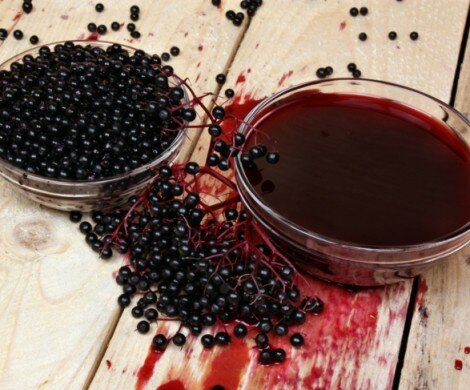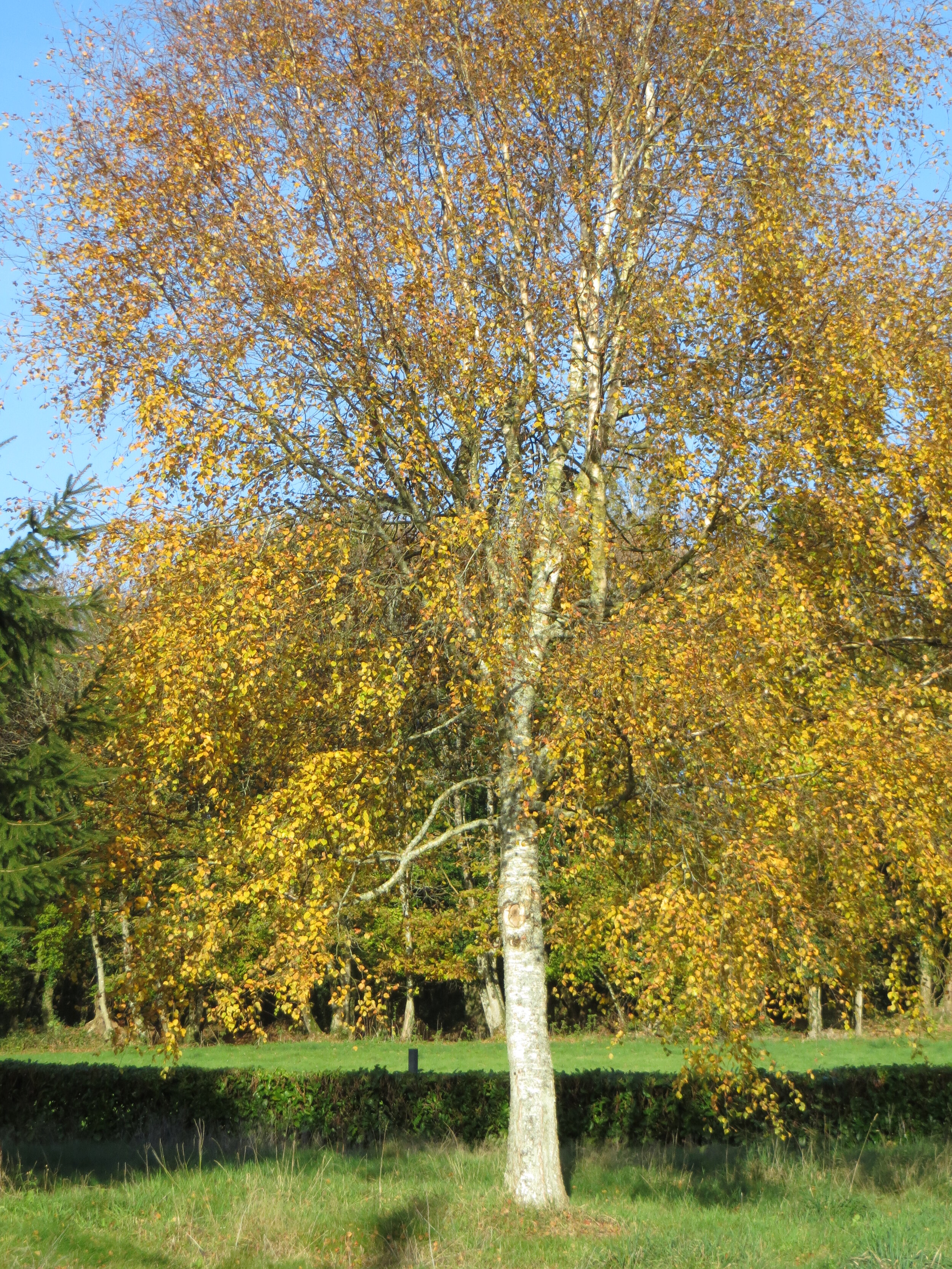3 native trees ol' Blighty wouldn't be the same without
When we talk about native trees in Britain, we refer to the ‘true natives’, meaning the trees that colonised the land when the glaciers melted after the last Ice Age and before the UK was disconnected from mainland Europe.
Before the production of materials such as plastics, rubber, and concrete, almost everything in this country was made from wood. Before the age of science, statistics and laboratories, nature and wildlife often became the source of myth and legend. And before the birth of modern medicine with drugs such as paracetamol, penicillin and contraceptives, the people of Great Britain used the plants and trees growing around them. This connection to the surrounding trees ran through all people, whether they were a lowly blacksmith or a member of the Royal Court. Everyone in Great Britain harnessed the wood, fruits and leaves produced by native trees for entertainment, faith and survival.
When it comes to the topic of regenerative forestry and UK trees in general, species such as our trusty oak, ash and hazel seem to be the celebrities. Although these species are important in terms of wildlife and practical uses, for many years we relied on a number of native trees including some that have fallen by the wayside. It is these lesser-known species that I want to discuss; exploring their history, role in traditional myth and legend, and their many resources that us Brits have long made use of.
Elder (Sambucus nigra)
Elder in full bloom! (Photo courtesy of http://aesgsf.free.fr/V5/arbres-de-picardie-sambucus-nigra-sureau-noir.html)
Elder is characterised by its short trunk, corky bark and relatively short lifespan, living up to just 60 years. The elderflower we know and love today as a summery cordial has been used for its diaphoretic and diuretic qualities throughout the centuries, written about ever since Hippocrates. In turn, elderberries are thought to boost the immune system and have anti-viral qualities. Indeed, up until the 19th century, elderberry wine was sold on the streets of London on cold winter nights. Elderberry rob, a sugary syrup, was common in 18th century England and in 1773, it was recommended as a "saponaceous resolvent promoting the natural secretions by stool, urine, and sweat, and diluted with water for common colds."
Elderberries being processed for wine. (Photo courtesy of https://alleideen.com/holunderbeerensirup-holundersirup/)
The branches of the elder have a soft pith in the middle, meaning it can be hollowed out relatively easily and used as a tube for blowing up fires. Traditional names for elder -pipe-tree and bore-tree- are still used in Scotland today, echoing this age-old practice.
Myths and legends surrounding elder share a theme of death, evil and bad omens, stemming from a common medieval belief referenced in 14th century literature that Judas died hanging from an elder branch. It was also believed that the Cross of Calvary, on which Jesus was crucified, was made from elder, making it an emblem of sorrow. It was thought that if you burnt elder wood, you would see the Devil and if you planted it by your house, it would keep him away.
Birch (Betula sp.)
Silver birch (Left) by Rhian de Kerhiec via https://www.flickr.com/photos/rhian/11130889563 and downy birch (Right) by Willow via https://it.wikipedia.org/wiki/File:Betula_pubescens_-_Burgwald_001.jpg
Silver birch (Betula pendula) and Downy birch (Betula pubescens) are two of my favourite British trees. In my eyes, their beauty and elegance surpass all other trees. They have gorgeous little leaves that gently rustle in the wind and their beautiful pale trunks give them a wise all-knowing look. Out of the two, silver birch is more familiar to those of us who live in southern England whilst downy birch is more common in Scotland; however, these two natives do often hybridise.
In Celtic mythology, birch symbolised renewal and purification, and bundles of birch twigs were often used to drive out the spirits of the old year. The tree was celebrated during the Samhain festival (a kind of precursor to modern-day Halloween). It is also associated with love and fertility, and in Scottish Highland folklore, a barren cow would be herded with a birch stick in an effort to make her fertile. Similarly, a pregnant cow was herded with a birch stick in order that she bear a healthy calf.
Birch wood is tough, heavy and straight-grained meaning it is perfect for the production of toys, handles, and all manner of household and agricultural implements. It can also be a food source since, when birch rises in spring, the sap can be tapped and fermented to make birch wine. This old tradition, originating from the druids, is still practiced in Scotland today.
An ancient tradition performed brought into the 21st Century: drawing sap from birch trees. (Photo courtesy of Ole Husby via https://www.flickr.com/photos/khianti/26073695404/)
Birch also has many medicinal uses. Its leaves have diuretic and antiseptic properties, and are an effective remedy for urinary tract infections. They were also traditionally used to relieve kidney stones and gout. Similarly, the sap cordial and birch wine prevents the formation of kidney and bladder stones, and helps ease rheumatism. This beautiful tree provided us with tools, toys and medicinal remedies for thousands of years, bumping it up a few notches in my good books- not that it needed it!
Dogwood (Cornus sanguinea)
Dogwood flowers: cream-coloured clusters. (Photo courtesy of Kurt Stüber via https://commons.wikimedia.org/wiki/File:Cornus_sanguinea2.jpg)
Dogwood is another favourite of mine. Something I remember vividly when volunteering with the Forest of Avon Trust is the moment when my boss pointed out to me the best way to identify this species. To identify a dogwood leaf, you simply pull it apart and in between the veins, there will be a stringy latex-like substance. This unique characteristic and the gorgeous bright red young twigs have made this understated tree, which is arguably a shrub, another one which is very close to my heart. Dogwood is a very hard wood and as well as elder, it was thought to be the wood that Jesus was crucified on. The origin of the name is thought to come from the butchers’ skewers or “dogs” that were made from the smooth, straight twigs. The bark is rich in tannins, hence the bright redness of the twigs, and was used in traditional medicine as a substitute for quinine- a drug used to treat malaria and babesiosis; a parasitic infection caused by a tick bite. In addition, a tea made from the bark was used to treat fevers and infections whilst the leaves were made into a poultice to cover wounds.
From all of this, it is clear to see that these trees can do a world of good for human health. Of course, I haven’t even touched upon the countless ways in which they can improve the health of the wider ecosystem. To name a few, silver birch provides food and habitat for over 300 insect species and is associated with particular fungi, including fly agaric. Dogwood berries are consumed by many mammals and birds, and the flowers of elder provide nectar for a variety of insects.
However, over the years, we have lost our connection, understanding and respect for these trees. With the rise of mass-production and use of synthetic materials, we have come to see them simply as a nice addition to a walk or somewhere to escape the heat of the sun on a hot summer’s day. We see them as objects around us, rather than living organisms that have supported us so greatly in the past and continue to do so today.
Fortunately, the practice of herbalism and natural medicine, based on UK plants, is slowly growing once again, and there are companies such as Grown in Britain that understand how our use of native trees is vitally important to our relationship with these species and their wider protection. Imagine if we could once again restore our relationship with native trees, even if on only a small scale. Wouldn’t it be nice to no longer think of an oak or a birch, an elder or a dogwood tree simply as an object we need to build, farm or walk around but as a beloved, vital part of our community?
By Millie Williams - Trainee warden on Flat Holm Island






